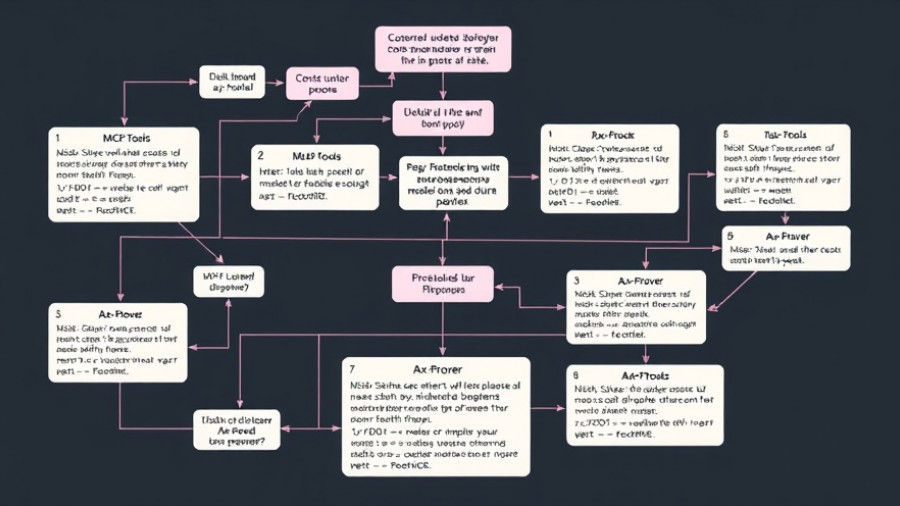
Understanding Deep Reasoning AI: A Game Changer in Academic Research
The rapidly evolving landscape of artificial intelligence (AI) is witnessing a groundbreaking shift with the emergence of deep reasoning models. These advanced AI systems, such as Claude Sonnet 4.5, GPT-5, and Gemini 2.5 Pro, are not just generating text; they are infiltrating academic research, transforming how complex problems are approached across various disciplines.
What is Deep Reasoning AI?
Deep reasoning AI refers to sophisticated models designed to perform complex reasoning tasks that mimic human cognition. Unlike traditional models that primarily focus on predicting the next word in a sequence or performing superficial analyses, deep reasoning systems incorporate structured logical thought processes. They excel in tasks ranging from STEM disciplines to the humanities, making them invaluable for scholars and researchers.
Why This Matters: The Significance of Reasoning in AI
Reasoning in AI highlights the cognitive capabilities of machines, enabling them to simulate human-like decision-making. With models specializing in deductive, inductive, and abductive reasoning, these systems refine the way we access, evaluate, and utilize information. The ability to think logically and critically about data not only enhances the efficiency of research but also ensures a higher degree of accuracy in findings and conclusions.
Real-World Applications: From Research Development to Educational Tools
Leading AI reasoning models are illustrated through compelling use cases in academia. For instance, the application of multimodal analysis using medical data demonstrates how these models can bridge disciplines. Furthermore, the creation of advanced interactive data dashboards and visualization tools—coined as 'vibe coding'—gives researchers and educators the ability to build custom tools and enhance their curriculum effectively.
Challenging the Status Quo: A Shift in Research Methodology
The introduction of models like DeepSeek R1 has shifted expectations regarding research methodologies. These systems offer comprehensive benchmarking metrics, such as MMLU and GPQA, thereby raising the bar for reasoning tasks to graduate and PhD levels. The implications are profound: students and educators can now harness the potential of AI to produce in-depth analyses, systematic reviews, and detailed research reports without sacrificing rigor.
Addressing Limitations: The Importance of Ethical AI Use
Despite the promise of AI reasoning models, ethical considerations remain paramount. Issues such as AI hallucination—where models generate misleading or inaccurate information—and the necessity for source verification demand careful scrutiny. It's essential for users to maintain an awareness of dataset biases and apply standards of attribution to ensure effective and responsible research practices.
The Future of AI Reasoning Models
Looking ahead, the landscape of AI reasoning models is set to expand further. With ongoing developments in adaptive learning and ethical standards, we can expect that future models will incorporate even more sophisticated reasoning capabilities. As the industry evolves, researchers will be better equipped to tackle complex inquiries, fostering deeper academic collaborations and innovations.
To fully realize the potential of these advanced models, both academics and technologists must prioritize AI literacy. Understanding the intricacies of AI can empower researchers to create informed, evidence-based frameworks that leverage AI's strengths while mitigating its weaknesses.
Call to Action: Embrace AI Literacy in Research
As deep reasoning AI continues to reshape the educational and research landscape, it is imperative that stakeholders engage in learning and adapting to these swift changes. Explore AI literacy programs, enhance your understanding of AI technologies, and consider how these innovations can transform your academic pursuits. By embracing these advancements, we can unlock the true potential of AI in facilitating informed decision-making and pioneering research developments.
 Add Row
Add Row  Add
Add 




Write A Comment